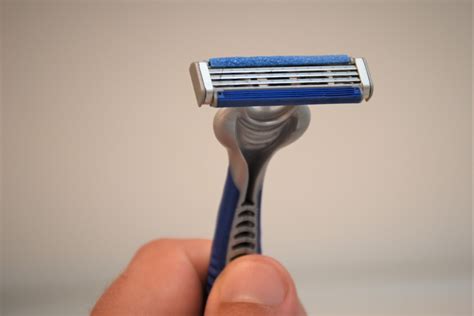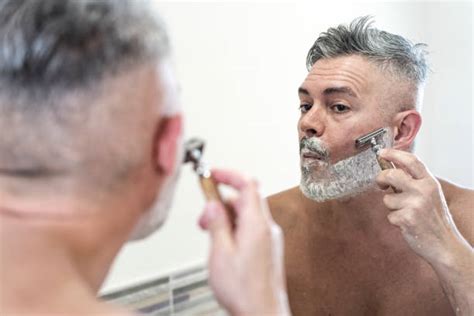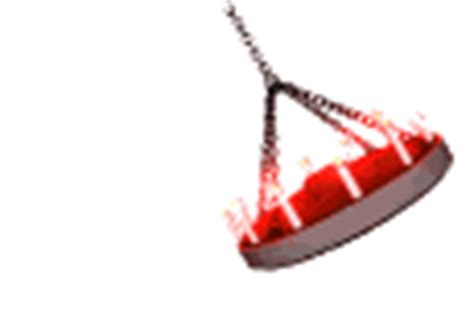Optimize your daily shave: How to prevent razor burn for peak skin & confidence?

Razor burn is more than just a minor irritation; it’s a common, painful skin condition that can significantly detract from your grooming routine and confidence. Characterized by redness, itching, and tiny bumps, it results from improper shaving techniques or inadequate skin preparation. Fortunately, preventing razor burn is entirely achievable with a few simple yet effective adjustments to your daily shaving ritual. Let’s delve into the strategies that will transform your shave from a chore into a soothing experience, leaving you with nothing but smooth, healthy skin.
Understanding Razor Burn: What Causes It?
Before we can prevent razor burn, it’s crucial to understand its origins. Razor burn occurs when a razor blade, often dull, creates microscopic nicks and abrasions on the skin’s surface, leading to inflammation. Hair follicles can also become irritated or infected. Common culprits include dry shaving, using a dull blade, applying too much pressure, shaving against the grain, or using products that strip the skin’s natural moisture barrier.
Identifying these causes is the first step toward crafting a preventative strategy. Your skin type and hair texture also play a role, with those having sensitive skin or coarse hair often being more susceptible. A proactive approach involves preparing your skin, using the right tools, and adopting a meticulous shaving technique.
Pre-Shave Preparation: The Foundation of a Smooth Shave
The secret to preventing razor burn often lies in what you do before the blade even touches your skin. Proper preparation softens the hair, opens pores, and creates a protective barrier, reducing friction and irritation.
- Cleanse Your Skin: Start by washing your face with warm water and a gentle cleanser. This removes dirt, oil, and dead skin cells that can clog your razor and lead to irritation.
- Exfoliate (Occasionally): 2-3 times a week, use a mild exfoliant to clear away dead skin cells, which helps prevent ingrown hairs and allows the razor to glide more smoothly.
- Hot Towel & Hydration: Apply a hot, damp towel to your face for a few minutes. This helps to further soften the hair and open up pores. Follow with a pre-shave oil to create an extra layer of lubrication and protection for your skin.

Mastering Your Shaving Technique
Once your skin is prepped, your shaving technique becomes paramount. Mindful shaving can significantly reduce the risk of razor burn.
- Use a Sharp Blade: This cannot be stressed enough. A dull blade drags, pulls, and causes micro-cuts. Change your blade or cartridge every 5-7 shaves, or at the first sign of tugging.
- Apply Quality Shave Cream/Gel: A rich, moisturizing shave cream creates a slick surface, reducing friction. Let it sit on your skin for a minute or two to further soften the hair.
- Shave With the Grain: For most people, shaving in the direction of hair growth (with the grain) is the best way to prevent irritation. If you need a closer shave, re-lather and go across the grain on a second pass, but avoid going against the grain if you’re prone to razor burn.
- Light, Gentle Strokes: Let the razor do the work. Applying too much pressure pushes the blade into your skin, causing irritation. Use short, light strokes and rinse your razor frequently under warm water to clear away hair and cream.

The Importance of Post-Shave Care
Your job isn’t done once the last hair is gone. Post-shave care is crucial for calming the skin and locking in moisture.
- Rinse with Cold Water: After shaving, rinse your face with cool water to close your pores and soothe the skin.
- Apply a Soothing Aftershave Balm: Avoid alcohol-based aftershaves, which can dry out and irritate the skin. Opt for an alcohol-free balm or lotion with soothing ingredients like aloe vera, witch hazel, or chamomile.
- Moisturize: Even if your aftershave has moisturizing properties, a dedicated facial moisturizer can provide an extra layer of hydration, keeping your skin supple and preventing dryness that can lead to irritation.

Tools of the Trade: Choosing Wisely
Your shaving instruments play a vital role in preventing razor burn. Investing in the right tools can make a significant difference.
- Razor Type: While multi-blade razors offer a close shave, they can sometimes cause more irritation due to multiple blades passing over the skin. Consider a single-blade safety razor or a quality cartridge razor with moisturizing strips if you’re prone to sensitivity.
- Shaving Brush: A good quality badger or synthetic shaving brush helps to lift the hairs and create a rich, dense lather that provides better cushioning and lubrication.

Lifestyle & Maintenance Tips
Beyond the immediate shave, a few ongoing practices can help keep razor burn at bay:
- Store Blades Properly: Keep your razor in a dry place to prevent rust and bacterial growth, which can dull the blade and cause skin issues.
- Avoid Shaving Over Irritation: If you already have razor burn or ingrown hairs, let your skin heal before shaving that area again.
- Stay Hydrated: Drinking plenty of water keeps your skin healthy and resilient from the inside out.

Conclusion
Preventing razor burn is a journey that involves understanding your skin, using the right products, and perfecting your technique. By incorporating these comprehensive steps into your daily routine – from meticulous pre-shave preparation to soothing post-shave care – you can effectively banish irritation and achieve a consistently smooth, comfortable shave. Embrace these habits, and not only will your skin thank you with its radiant health, but your confidence will soar with every irritation-free, peak grooming experience.








